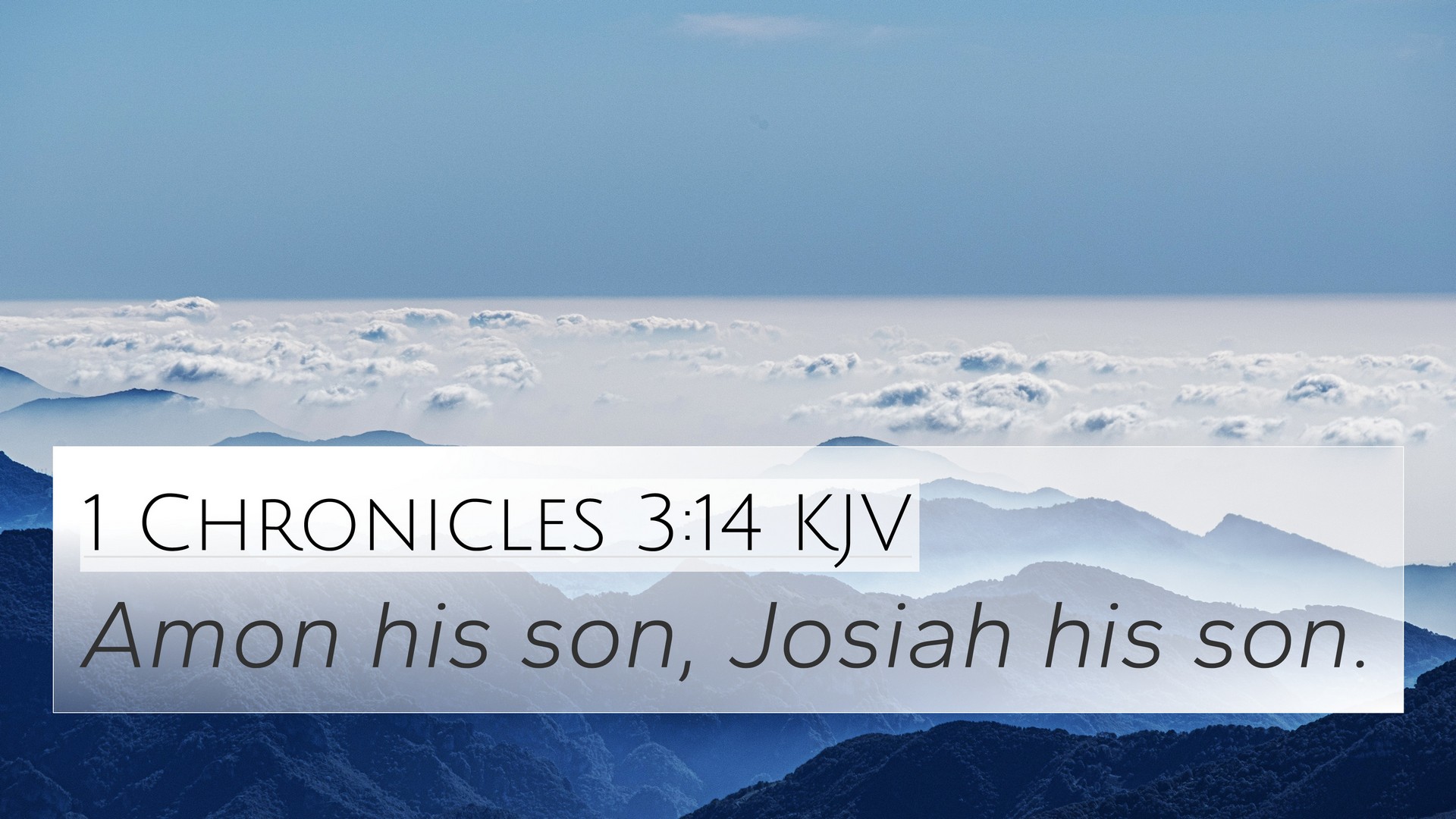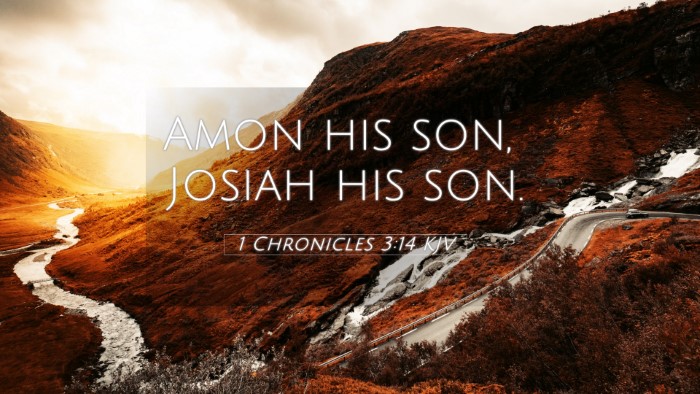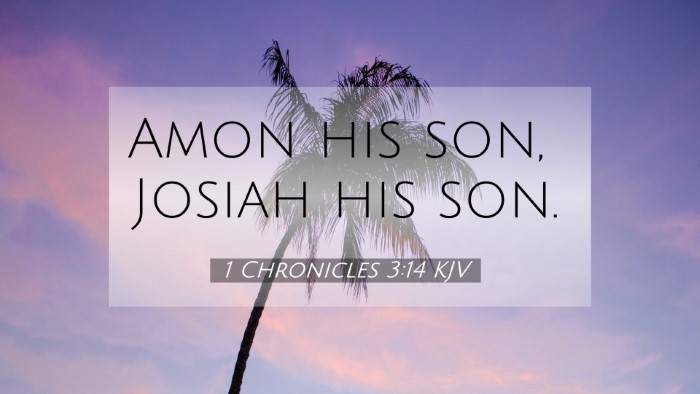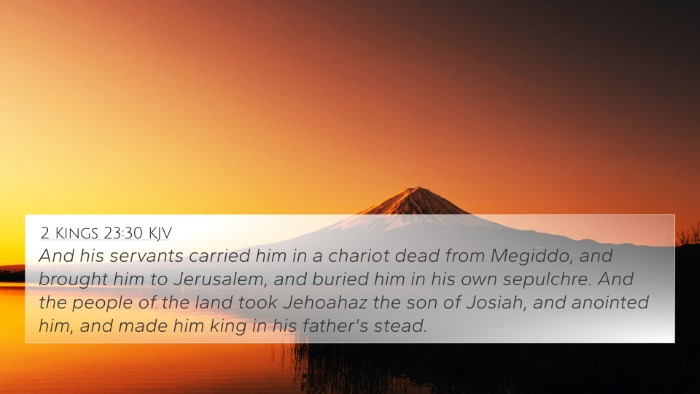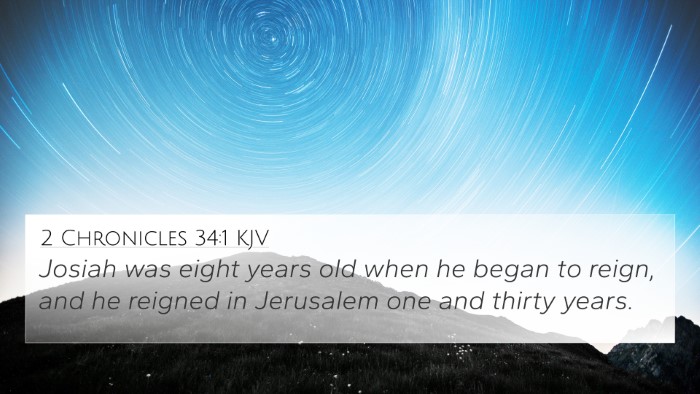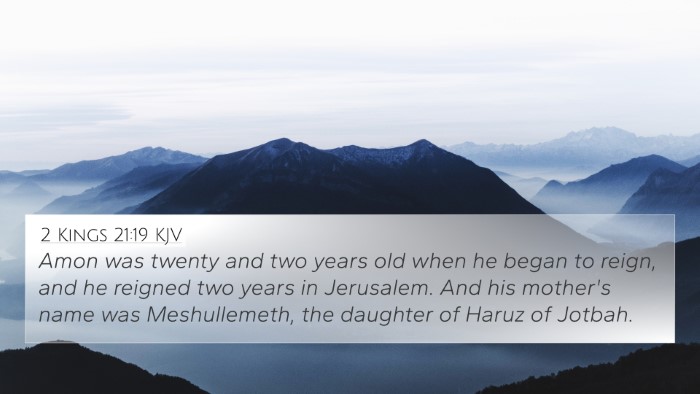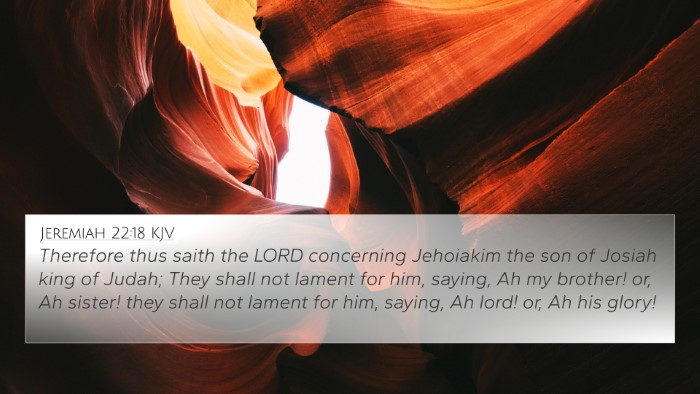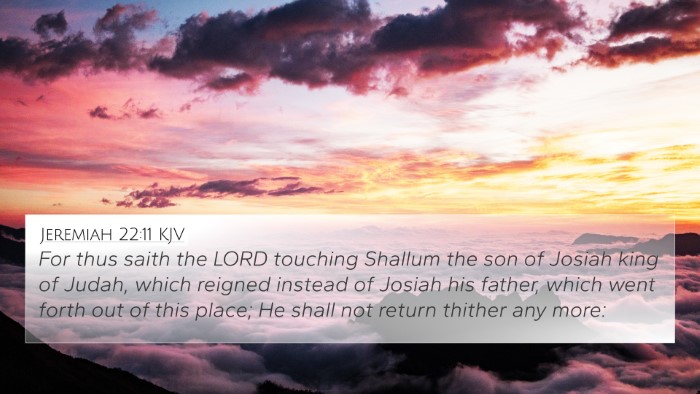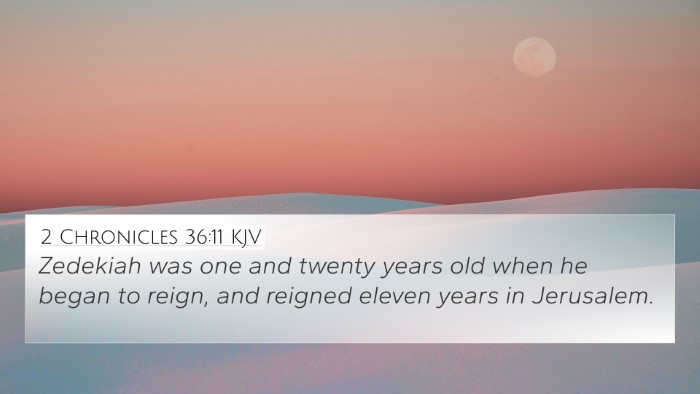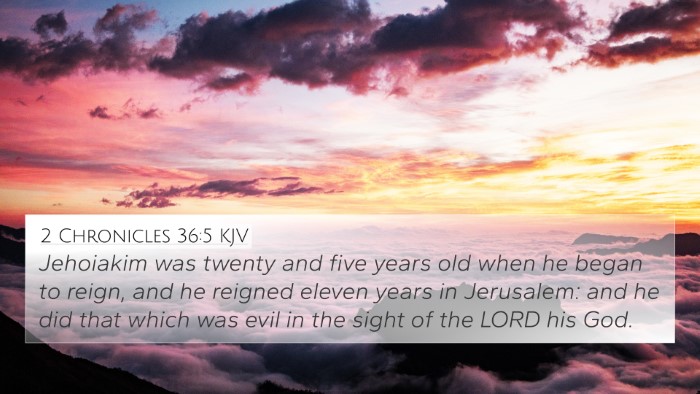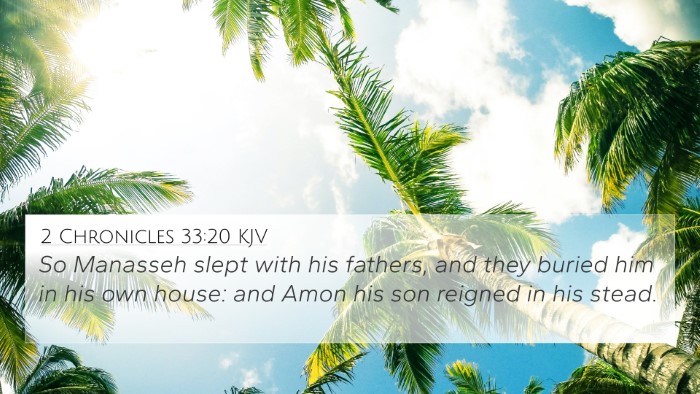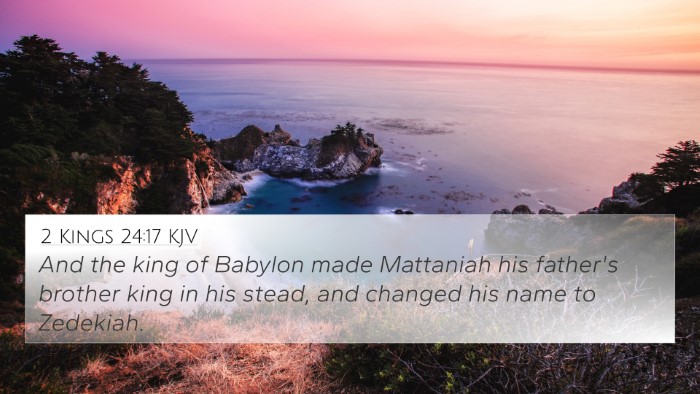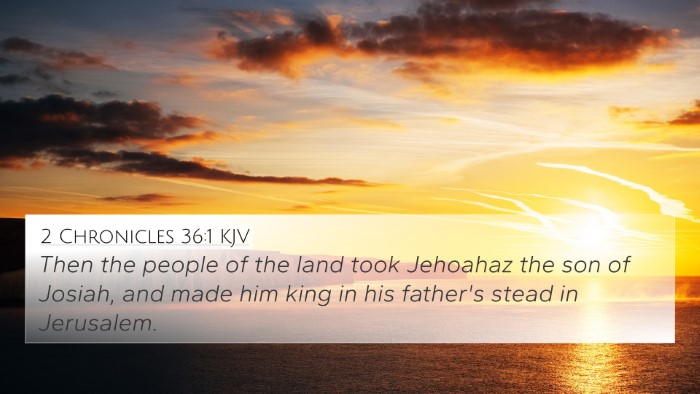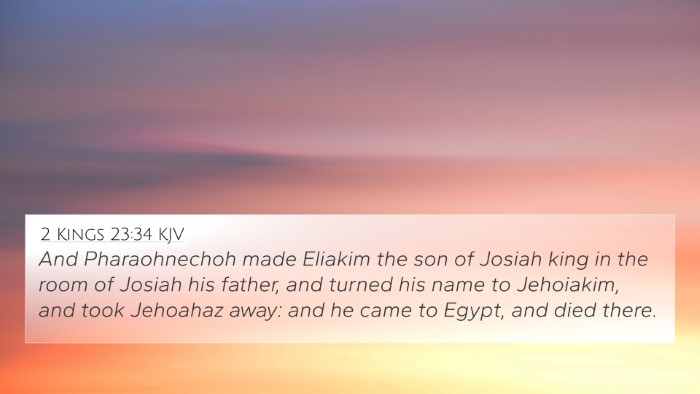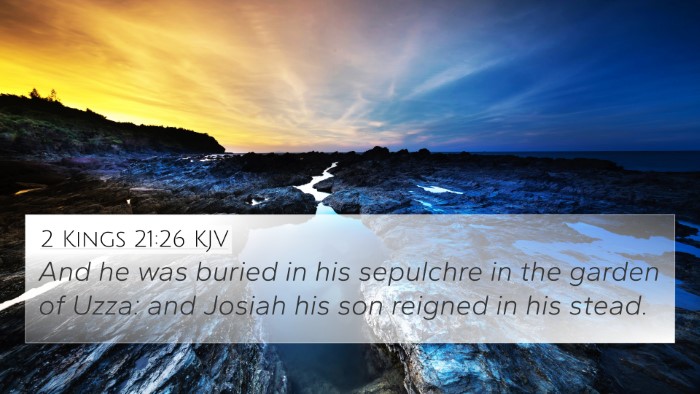Understanding 1 Chronicles 3:14
1 Chronicles 3:14 states: "And Abijah begat Ahitub, and Ahitub begat Ahitub."
This verse, though relatively simple, contains rich historical and genealogical significance. The genealogies in the Chronicles highlight God's covenant with His people and the continuity of the priesthood lineage.
Interpretation of 1 Chronicles 3:14
This verse focuses on the lineage descending from Abijah, a significant individual within the priestly line. Each name mentioned not only reflects family heritage but also God's sovereign order in the faith community.
Insights from Public Domain Commentaries
-
Matthew Henry: Henry discusses the importance of genealogies in the Old Testament as they affirm God’s faithfulness to His promises and the significance of priestly duties. In this context, he emphasizes that understanding the lineage underscores God's providential hand in appointing priests to minister before Him.
-
Albert Barnes: Barnes elucidates the role of Ahijah as part of the priestly lineage, highlighting how such lines were essential for maintaining the worship practices in Israel. He points out the systematic recording of family lines as vital for both identity and religious service.
-
Adam Clarke: Clarke provides a detailed analysis of the names and their meanings, linking them to broader theological themes present in the Israelite narrative. He emphasizes that each name evokes a history that connects God’s actions with His people, ultimately portraying God’s plan of redemption.
Cross-References Standing in Relation to 1 Chronicles 3:14
This verse resonates with various other scriptures that highlight genealogies, priestly roles, and the unfolding narrative of God's covenant. Below are key cross-reference verses:
- Exodus 28:1: God sets apart Aaron and his sons to minister as priests.
- 1 Samuel 2:27-36: The warning against Eli's house regarding priestly conduct.
- Jeremiah 33:17: Promises concerning the lineage of David and the continuity of rulers.
- Luke 3:23-38: The genealogy of Jesus, demonstrating His connection to David's line.
- Hebrews 7:14: Affirms Jesus' priesthood from Judah, pointing to the significance of genealogy.
- Numbers 3:10: The establishment of the Levites as the priestly tribe.
- Matthew 1:1-17: The genealogy of Jesus Christ, emphasizing the historical significance of lineage.
- 1 Chronicles 9:10-13: Further details about the Levitical priesthood.
- Ezra 2:36-39: Repopulation efforts after the exile, focusing on priestly families.
- Revelation 1:6: Discusses the priesthood of all believers under Christ.
Exploring Thematic Connections
The connection between 1 Chronicles 3:14 and various Bible verses showcases how genealogies not only serve historical purposes but also theological ones. Through cross-referencing Biblical texts, one can observe the interrelation between the past and the Savior's ultimate earthly mission.
Connections Between Bible Verses
The study of genealogies illuminates the continuity of God’s plan. The thematic links provide insights into God's unchanging nature and His committed engagement with humanity. Inter-Biblical dialogue enriched through these references generate a comprehensive understanding of redemptive history.
Conclusion
1 Chronicles 3:14 may seem like a mere historical note, yet it serves as a reminder of the importance of heritage, leadership roles in worship, and the faithfulness of God through generations. The cross-referencing of this verse with others offers a fuller picture of God's redemptive plan unfolding throughout scripture.
Tools for Bible Cross-Referencing
Using tools such as a Bible concordance or a cross-reference Bible study guide can greatly aid in exploring these thematic connections. They help identify the broader implications of genealogies and priestly lines and are invaluable for deeper theological study.
